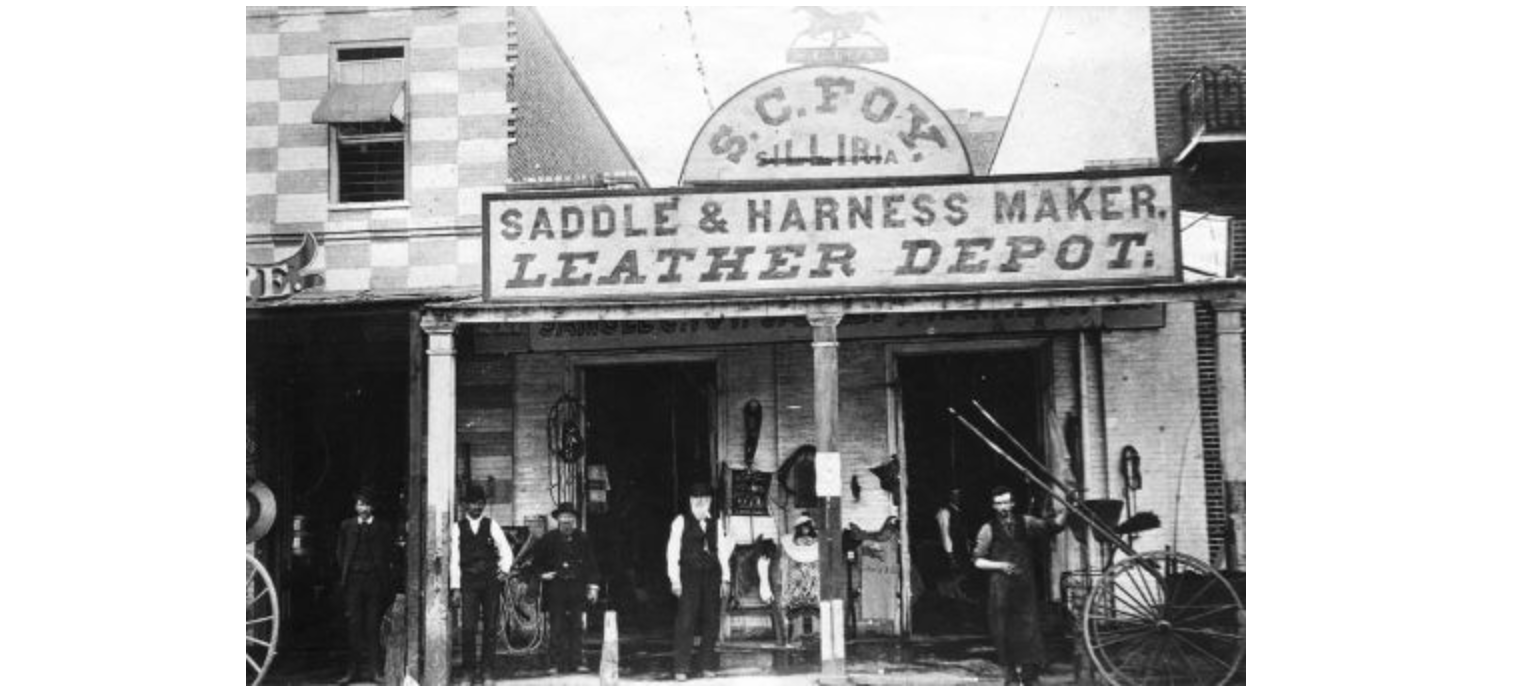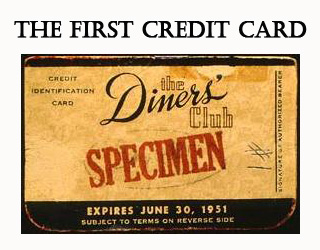January 12, 2016
From Bricks and Mortar to…Bricks and Mortar
Uncategorised
January 12, 2016
Uncategorised

Introduction:
In the 1800s retail was all about customer service and the bricks and mortar store. In the past 15 years we have seen a drastic shift in how retail and marketing are conducted. Consumers took control of the industry in the early 2000s and focus went from bricks and mortar to e-commerce and online. In 2015 and beyond the focus is going to begin to shift back to the bricks and mortar experience where bridging the gap between physical and digital will be the key. Truly knowing your customer and interacting with them on an intimate level will drive the retail experience. #Phygital

In the 1800s independent specialty shops or single product stores dominated retail. These were the days when shop clerks and business owners knew their customers and were practically family. Owners were focused on a great product, and even better customer service. The equivalent of online testimonials was your loyal customer telling a friend you had a sewing machine and were the best around. The manufacturers of products were in control of the customer-store relationship.
The late 1800s and early 1900s were the era of department stores and the first supermarkets. These changes in retail were the biggest to date and amazed shoppers around the world. Some of the pioneers began using catalogues and many started loyalty programs with stamps. By mid 19th century there were huge technological advances and innovations in the creation of synthetic materials.

The 1950s saw the credit card, the bar code, first computer hard disk, the modem and even the hula-hoop! The consumer mindset changed and new inventions paved the way for a greater demand for the ‘one stop shop’. The physical stores were still the key component to retail. People began to see the world of retail turned upside-down, or so they thought.
The 1970s through the 90s are truly where retail and advertising began to change. Retailers gained control of the customer-store relationships. Infomercials were popularised, a resurgence of catalogue shopping erupted and the Internet was invented.
Technology in this era changed the landscape of retail forever through altering the customer value chain as well as changing the operational side of retail businesses. Retailers began processing credit card payments and tracking inventory. It allowed them to lower costs and operate leaner. During the late 90s with the dot-com boom on the horizon, a multitude of online retailers and online pure-play retailers entered the market. Consumers learnt a new way to research and buy products. Shops were no longer a necessity and an e-revolution began to unfold. Bricks and mortar started to take a back seat to e-commerce.

Just after Y2K, when the world didn’t end, retail evolved thanks to the rise of mobile, social and SEO. Google began world domination, a large number of online-only retailers emerged and most bricks and mortar stores created a web presence. The multi-channel era began and consumer expectations grew. Very quickly, shoppers wanted to see their favourite stores and products in more than one medium.
New forms of advertising began in the early 2000s with text message advertising and SMS ads in late 2001. This was followed by the creation of Facebook in 2004 and the release of Facebook to the public in 2006. With the uptake of the iPhone came push notifications in 2007. Very rapidly, we began to lose focus on the bricks and mortar stores that were once the mainstay of retail.
In 2009 when omni-channel took a foothold, retailers began pouring money into a new and far reaching digital and mobile strategy. Converting to omni-channel meant that, once again, bricks and mortar took a back seat; updating and converting websites to platforms that were more user and mobile friendly became the way of the future. Consumers wanted products anytime, anywhere on all mediums. The customer took control of the retailer-customer relationship. There were whispers of the bricks and mortar era coming to an end.
Today, consumers have been so inundated with mobile, social and the Internet in general that ideas and ideals have begun to change. Customer service in a traditional sense, a thing of the past, is now making a resurgence as we enter the #Phygital era. Phygital is a convergence of the physical and digital. The interesting thing about this new concept is that it brings the focus back to the bricks and mortar store but incorporates technology that bridges the gap between the two mediums. As technology improves and becomes more affordable to medium sized retailers, consumers will begin to see some quite amazing marketing and shopping solutions.
Two great examples of phygital are Rebecca Minkoff’s interactive store in NYC and C&A Fashion Like in Brasil.

Phygital means that retailers need to begin looking for solutions that will allow them to bridge the data gap in bricks and mortar stores. Tools like Google Analytics and Mixpanel allow retailers and marketing managers to understand consumers online in a very holistic way. Bringing digital and social into retail shops allows retailers to analyse consumers who are using these interactive tools. These early adopters will enable retailers to understand how to customize the shopping experience, but due to the exorbitant costs of implementing these solutions in store only a very small number of retailers will be able to utilize the findings.
Retailers should use their current omni-channel technology and see how they can integrate with new bricks and mortar solutions. Understanding consumers in bricks and mortar stores will give retail first movers an unfair advantage over their competition.
At Kepler we believe that understanding your foot traffic and visual merchandising in-store is the start to bridging the gap between the physical and digital. Knowing how many people pass or visit your store on a daily basis, even those who don’t buy, can help you understand what types of communication are working. Linking your foot traffic to digital and traditional marketing campaigns will allow you to see how your marketing efforts actually affect sales. Understanding the types of visual merchandising strategies that drive in store sales can translate back to your digital campaigns. These are just a few ways to create a personalized experience. As always, do your research and understand the goals of each new project you take on.
You can follow us on twitter at @KeplerAnalytics or email us for more information at: info@kepleranalytics.com
Kepler has reviewed the first five months of...
August 1, 2022
Whether we’re talking about a small chain of...
July 13, 2022
Any business owner or marketer worth their salt...
July 13, 2022
Foot traffic is one of the most important...
July 13, 2022
We will provide you with a custom assessment:

Simply fill in your details below and we will be in touch to arrange your free custom assessment and comprehensive demo.